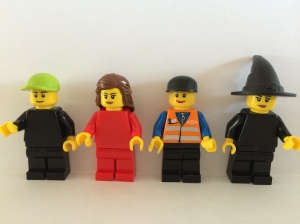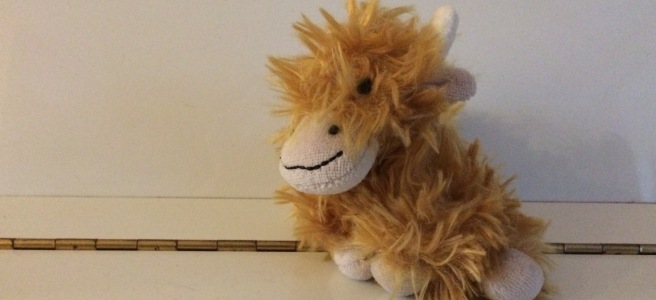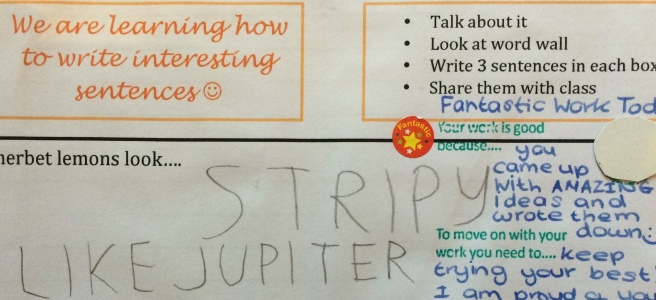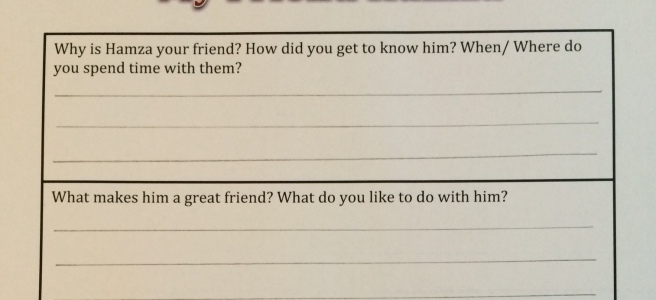If there is one thing that drives me crazy in a classroom, it’s students rocking on their chairs. The idea of one of them falling back and cracking their head open on the floor terrifies me, consequently it all too often becomes a battle of wills – my nagging to keep safe and my students’ need to move whilst learning.
Last year however, I didn’t nag once! (Well not about rocking on chairs anyway). My amazing colleague went on a fantastic course and came back armed with lots of wonderful ideas to meet the sensory needs of our students, and they’ve made a huge difference, both to my students’ ability to learn and my ability to stay sane. (Although admittedly there are those who would argue that I was never that sane to start with.)
Our most useful buys have been our weighted blankets and some chair wedges. The wedges were very cost effective at only around £10, and provide students with the same sensory input they get from rocking on a chair, yet allow all four of the chair’s legs to stay standing on the floor.
Another really successful idea was ‘The Fidget Jar’. The jar is simply an old sweet jar (if you ask nicely at a traditional sweet shop you may be able to persuade them to part with one) and in it are a selection of small fidget toys, from stretchy men to bead bracelets to stress balls. Small, inexpensive and mainly from the pound shop this little jar of tricks has saved many a meltdown. It isn’t a free for all, the jar has rules, students who want to use the loot have to ask if they can and explain why they think it would help them. They then have to fidget with it in a way that doesn’t distract other pupils, then at the end of the lesson they are responsible for returning the item to the jar.
It’s an idea that’s worked well both for those students who like to fidget and for those who find it difficult when others fidget near them. It has stopped a whole lot of battles, and if a student is doing something that’s inappropriate for the classroom or distracting to others, we can now deal with it in a much more positive way, by simply saying “I can see you really need to fidget right now, would you like to use something from the jar?” Students love the jar and see it is a treat, so are keen to follow the rules that using the jar involves. For us it’s been a win win; the students get to fidget and I don’t have to nag.
So, in the last few days of the holiday why not pop along to a pound shop and pick up a couple of fidgets? Make yourself a classroom fidget jar. What have you got to lose?









